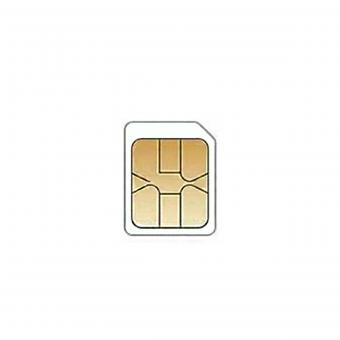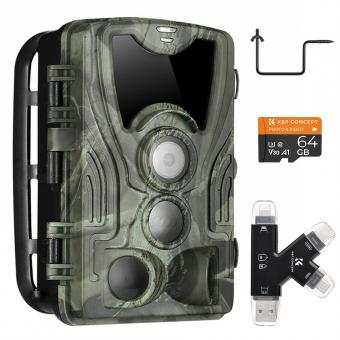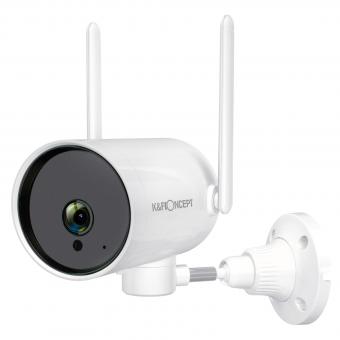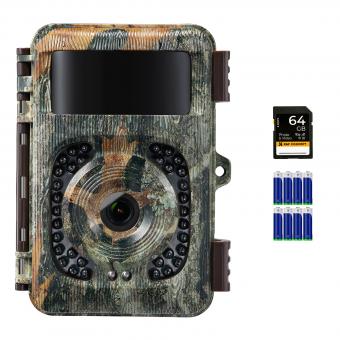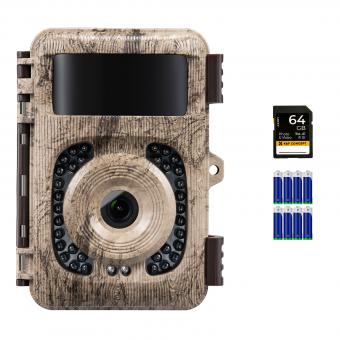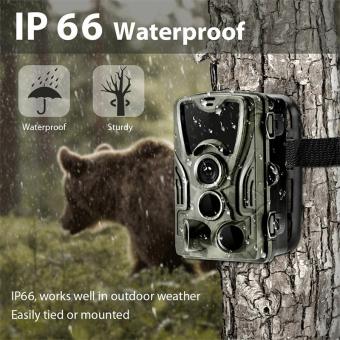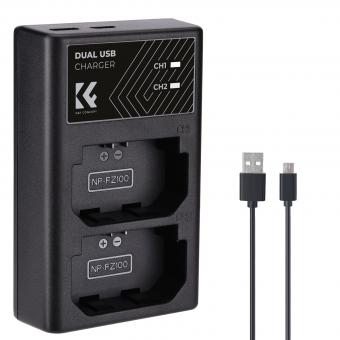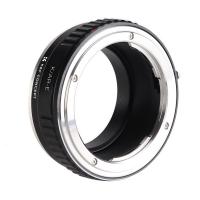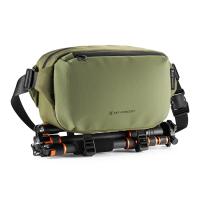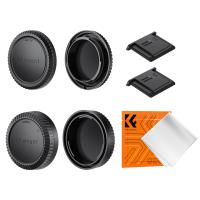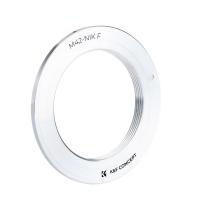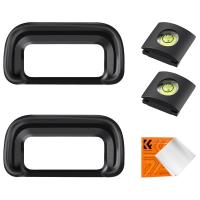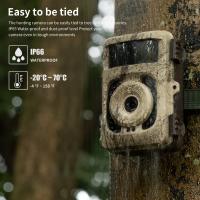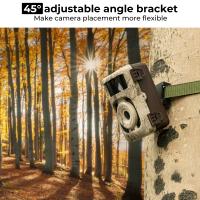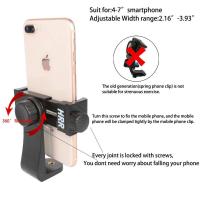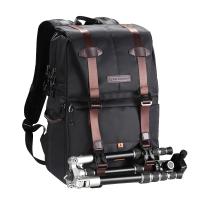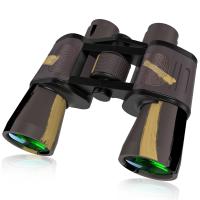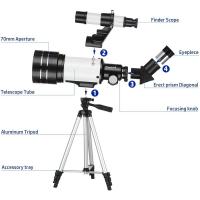Can You Have A Remote Camera Without Wifi ?
Yes, it is possible to have a remote camera without Wi-Fi. There are various types of remote cameras available in the market that use different technologies to transmit data. For example, some remote cameras use cellular networks to transmit data, while others use radio frequencies or Bluetooth. These cameras can be controlled and monitored remotely using a smartphone or a computer. However, it is important to note that the range and reliability of these cameras may vary depending on the technology used and the environment in which they are used.
1、 Wired remote cameras:

Wired remote cameras are cameras that are connected to a device or network through a physical cable. These cameras do not require Wi-Fi to function, as they rely on the cable to transmit data and power. Wired remote cameras are commonly used in surveillance systems, where they are connected to a central monitoring station or recording device.
One advantage of wired remote cameras is their reliability. Since they do not rely on wireless signals, they are not susceptible to interference or signal loss. This makes them ideal for use in areas with poor Wi-Fi coverage or in situations where a stable connection is critical.
Another advantage of wired remote cameras is their security. Since they are not connected to a wireless network, they are not vulnerable to hacking or unauthorized access. This makes them a popular choice for businesses and organizations that require high levels of security.
However, one disadvantage of wired remote cameras is their installation process. Since they require a physical cable to be installed, they can be more difficult and time-consuming to set up than wireless cameras. Additionally, the cables can be unsightly and may require additional work to conceal.
In conclusion, while wired remote cameras do not require Wi-Fi to function, they do have their own set of advantages and disadvantages. Ultimately, the choice between wired and wireless cameras will depend on the specific needs and requirements of the user.
2、 - Ethernet cable connection

Yes, it is possible to have a remote camera without Wi-Fi by using an Ethernet cable connection. Ethernet cables are a reliable and secure way to connect devices over a network. They provide a stable and fast connection, making them ideal for remote cameras that require a constant and uninterrupted connection.
Ethernet cables can be used to connect the camera to a network video recorder (NVR) or a digital video recorder (DVR). The NVR or DVR can then be connected to a router or switch, allowing the camera to be accessed remotely over the internet. This setup is commonly used in surveillance systems for homes, businesses, and public spaces.
In recent years, there has been a shift towards wireless cameras that use Wi-Fi or cellular networks for remote access. However, Ethernet cables remain a popular choice for those who prioritize stability and security over convenience. Additionally, some remote locations may not have access to Wi-Fi or cellular networks, making Ethernet cables the only viable option for remote camera connectivity.
In conclusion, while Wi-Fi and cellular networks have become the norm for remote camera connectivity, Ethernet cables remain a reliable and secure option. They provide a stable and fast connection, making them ideal for remote cameras that require constant and uninterrupted access.
3、 - Coaxial cable connection
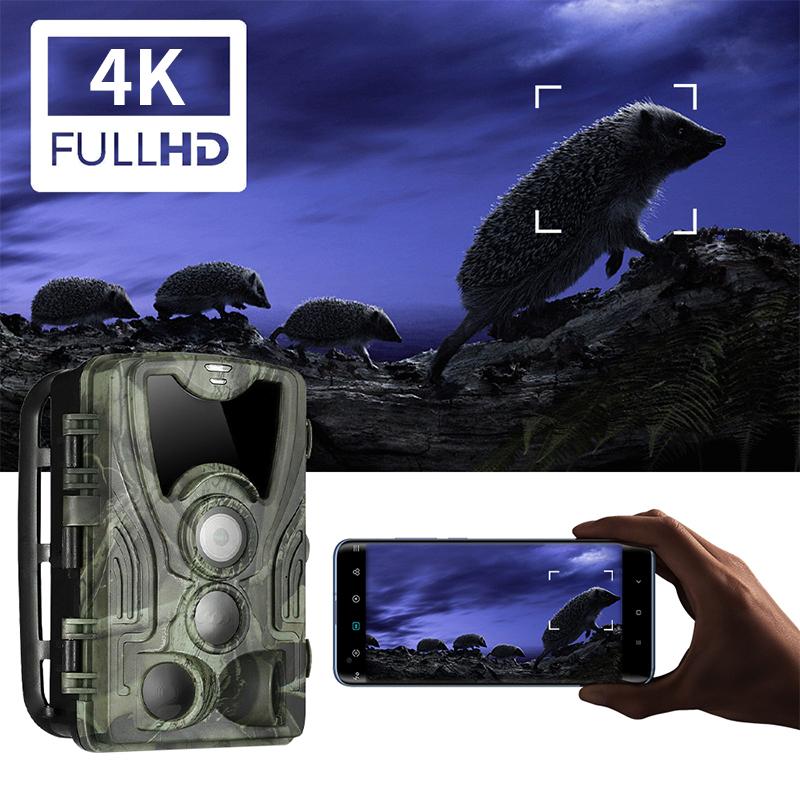
Yes, you can have a remote camera without wifi by using a coaxial cable connection. Coaxial cables are a type of cable that is commonly used for transmitting video signals from cameras to monitors or recording devices. They are made up of a central conductor surrounded by a layer of insulation, a braided shield, and an outer jacket.
Coaxial cables are a reliable and cost-effective way to transmit video signals over long distances. They are also less susceptible to interference than wireless connections, which can be affected by factors such as distance, obstacles, and other wireless signals in the area.
In recent years, there has been a trend towards wireless cameras that use wifi or other wireless technologies to transmit video signals. However, there are still many applications where coaxial cables are the preferred choice. For example, in industrial settings, coaxial cables are often used to connect cameras to control rooms or monitoring stations. They are also commonly used in security systems, where reliability and security are critical.
In conclusion, while wifi and other wireless technologies have become increasingly popular for remote cameras, coaxial cables remain a reliable and effective option for many applications. Whether you are looking to install a new camera system or upgrade an existing one, it is important to consider all of the available options and choose the one that best meets your needs.
4、 - Powerline adapter connection

Yes, you can have a remote camera without wifi by using a powerline adapter connection. A powerline adapter is a device that uses your home's electrical wiring to transmit data signals between devices. This means that you can connect your remote camera to your home network without the need for wifi.
To set up a powerline adapter connection, you will need two powerline adapters. One adapter is connected to your router, and the other adapter is connected to your remote camera. The adapters communicate with each other through your home's electrical wiring, allowing your remote camera to access your home network.
Powerline adapter connections are a reliable and secure way to connect your remote camera to your home network. They are also easy to set up and require no additional wiring or configuration. However, it is important to note that powerline adapter connections can be affected by the quality of your home's electrical wiring. If your wiring is old or damaged, you may experience slower speeds or connection issues.
In conclusion, if you do not have wifi or prefer not to use it for your remote camera, a powerline adapter connection is a viable alternative. It provides a secure and reliable connection without the need for additional wiring or configuration.



